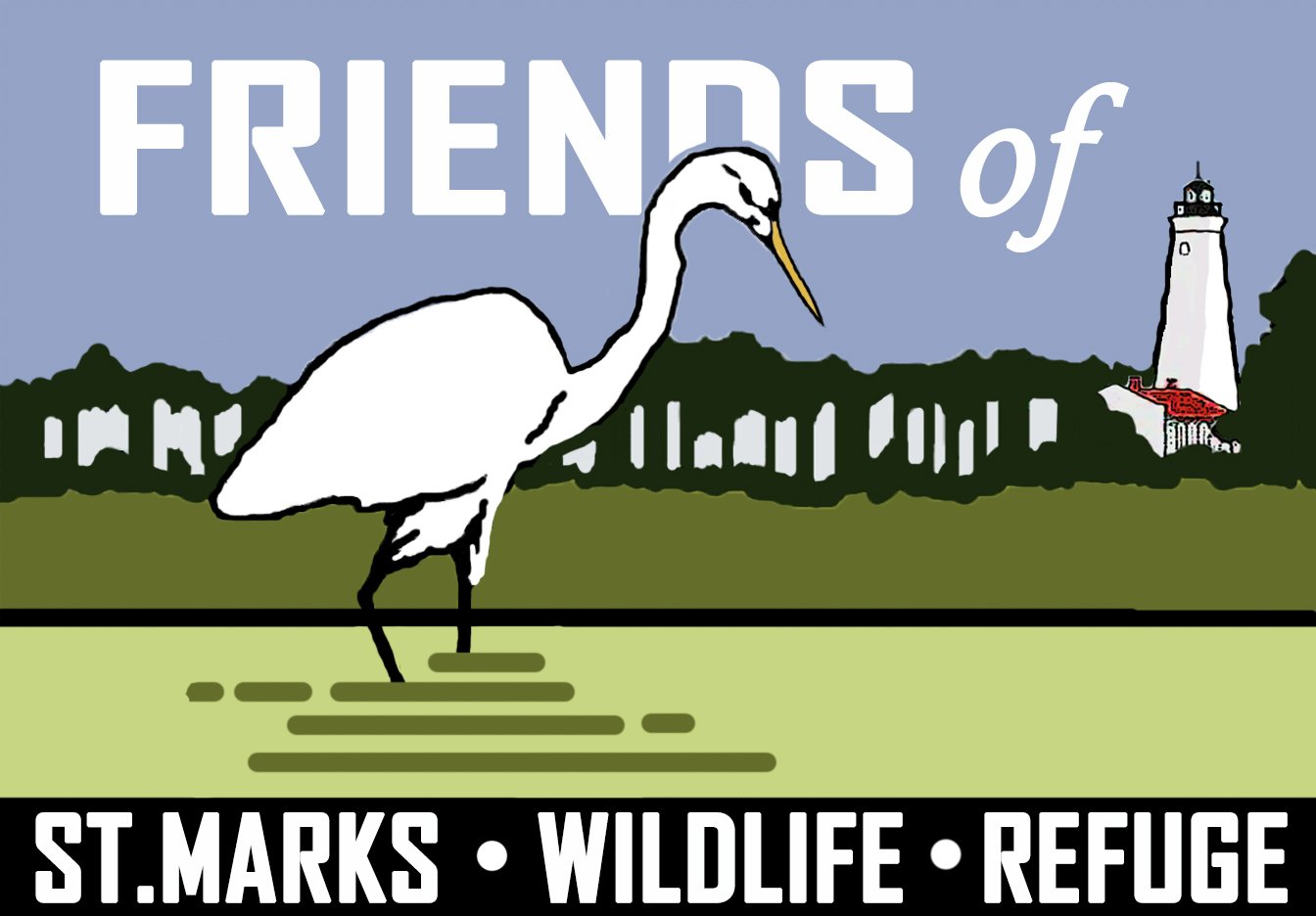I was out early at St. Marks NWR on Saturday morning, scouting for two field trips that were scheduled for later in the day. It was very windy. Light from the full moon filtered down through the low cloud layer and painted the world gray and black. Occasionally the moon would briefly punch through a gap in the clouds and light up the night.
By the time I got out to Stony Bayou II it was almost 6:30 and I had seen a red phase Eastern Screech Owl sitting in the middle of Lighthouse Road and an Otter running down the center of a dirt road leading out to Stony Bayou.
I had two goals for the morning. One was to find out where the American Flamingo would be today. It first showed up at the refuge on Halloween in 2018, after having been blown in by Hurricane Michael. It disappeared for a few months late last Summer. It then reappeared in late Fall and is the current, but erratic, refuge rock star. Lately it has been spending the night on East River Pool and flying out in the mornings. Most mornings it goes to the same spot on Stony Bayou II that it had previously used, which is why we think that it is the same bird. Some days it flies off and disappears. My plan was to be on Stony Bayou II at the time the flamingo has been leaving its overnight East River roost and see if it arrives for the day.
My second goal was to find out where the morning flight of herons, egrets and ibises on Stony Bayou II originated. I’ve watched birds heading West from my usual morning spot, about midway out the North levee of Stony Bayou II. The spot that I need to be in for my flamingo stakeout was perfect for observing both the flamingo and the origin of the morning flight.
The North levee of Stony Bayou II was noisy with the rolling chorus of trilling, squawking Leopard Frogs and the sound of the wind rattling the cabbage palm fronds along the levee’s edge. Above the din I heard the guttural call of Great Blue Herons and the nasal grunts of a Virginia Rail.
Rounding the end of the pool I saw a long thick line of white out in the water. I pulled out my scope and in the dim predawn light I could make out a heron roost on a mudflat with what I thought were Great Egrets, their heads rising above a whitish mass. I estimated about 150 birds based on the number of heads.
A few ducks were starting to fly, Green-winged and Blue-winged Teal by their silhouettes, and I was briefly distracted.
As the light got better, I swung the scope back to the heron roost and noticed that the whitish mass included many White Ibis. Then, I noticed that the ground underneath the roost was moving and saw that a horde of American Coots was walking around underneath the long-legged waders.
I drove around to the outer levee to get in to position to observe the flamingo. At first light Snowy Egrets that had been hidden in the mass of birds began to fly out of the heron roost along with a few Little Blue Heron. Tricolored Herons and dark Ibis began to fly in from the salt marshes Southeast of me.
As the sun briefly rose before fading into the low clouds, most of the herons in the roost took off heading West. The White Ibis mostly flew South into the salt marshes. I scanned the heron roost and saw a few remaining Great Egrets and White Ibis, several Black-crowned Night Herons and a single Roseate Spoonbill. In the marshes behind the roost I counted 37 more Black-crowned Night Herons.
My final conclusion is that most of the long-legged waders are roosting on a mudflat at the East end of Stony Bayou II with additional birds overnighting on tidal flats out in the salt marshes.
I waited for the flamingo until 7:45 am and it never appeared.
I drove the levees back to Lighthouse road and found that the American Flamingo had never left East River Pool. It stayed on East River Pool all day for both of my field trips.
Don Morrow, Tallahassee, FL

